A Rose Perfume Unlike Any Other
When the mesmerizing Spanish actress, Rossy de Palma, decided to create a fragrance, she selected rose as her main theme. While the choice of such a classical flower for the star of Pedro Almódovar’s Women on the Verge of a Nervous Breakdown might have struck some as surprising, the perfumers Antoine Lie and Antoine Maisondieu weren’t taken aback. They were the co-authors of de Palma’s scent, and when it was released as Eau de Protection by the niche perfume house Etat Libre d’Orange, the result was anything but staid. As the perfumers knew, rose had many faces, and it could be made as smoldering or as innocent as an artist’s skill allowed.
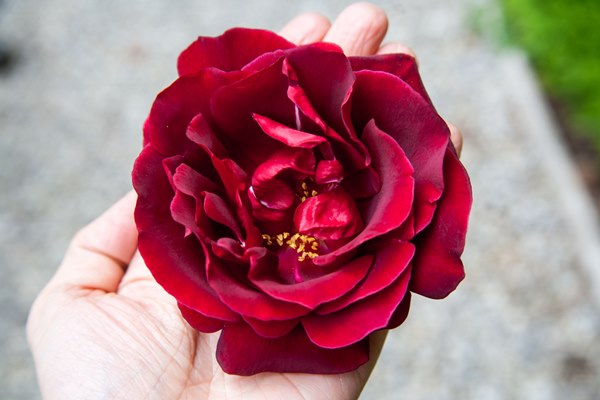
Eau de Protection opens up on a spicy but fresh accord of green citrus peel and black pepper, but as the rose unfolds, so does the dark note reminiscent of damp soil and antique woods. Spice, honey, green sap, and fruit, the notes present in rose absolute, are cleverly highlighted in the fragrance, but the overall effect is abstract. The perfume is memorable not only because of its opulent character—aided by the generous dose of natural rose essence—and original interpretation, but also for doing away with the usual gender labels. For a man who loves patchouli, amber and dark woods, the prominent rose notes in Rossy de Palma’s Eau de Protection aren’t too challenging. On the other hand, a woman who wants to eschew the cliché of “sweet and pretty” would find it a perfect statement fragrance.
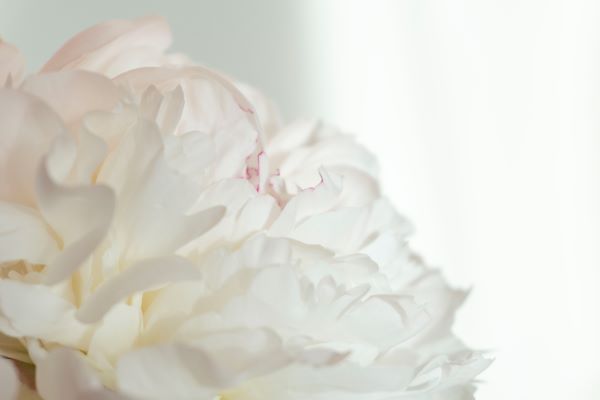
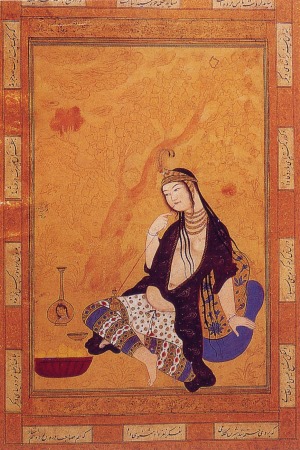
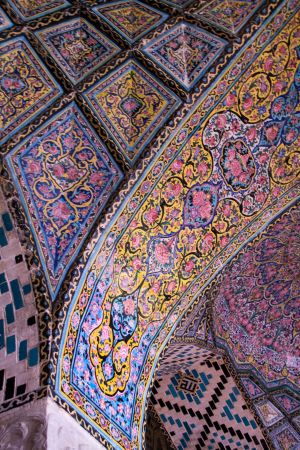
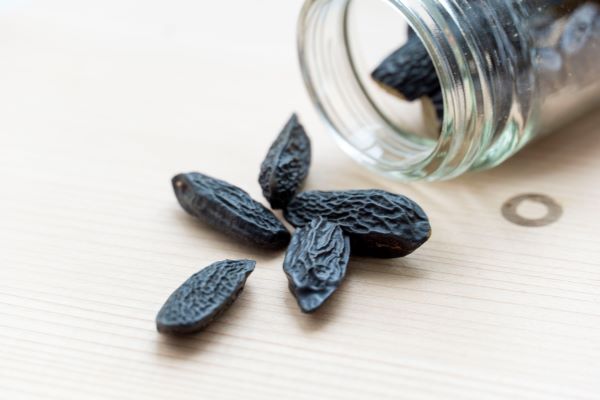
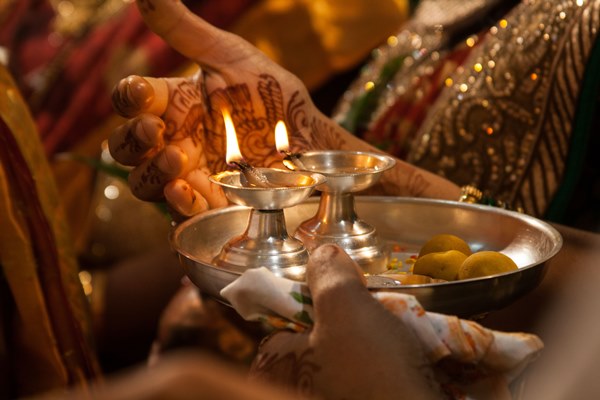

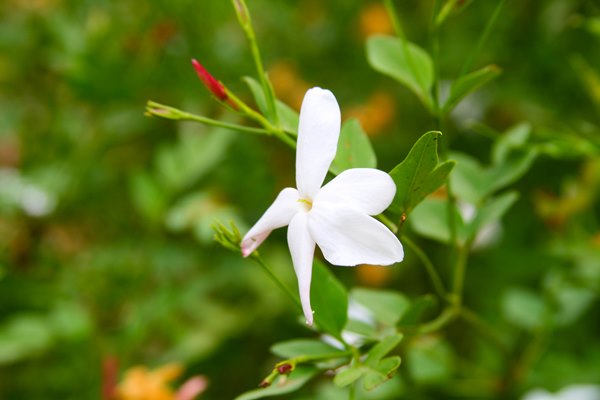
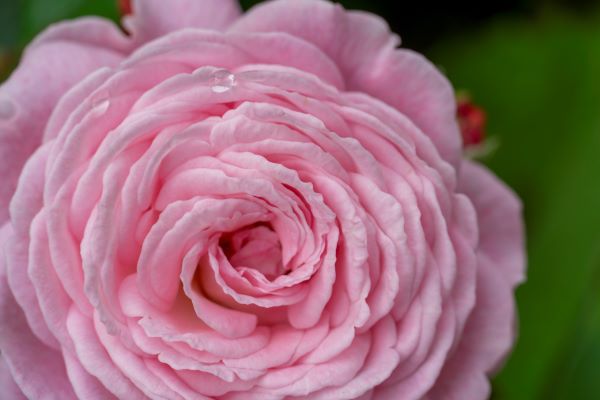
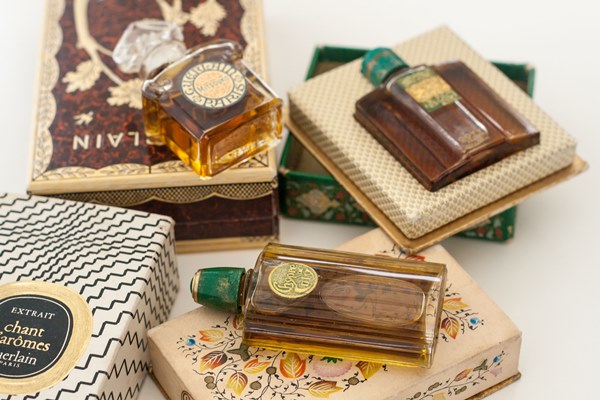








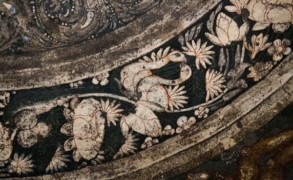
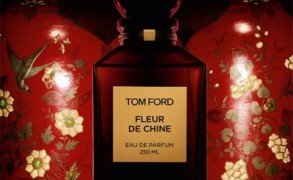

Judith R in From Gingerbread to Kue Lapis: Spicy Gourmand Perfumes for Holidays: Not exactly gingerbread, but Safran Troublant by L’Artisan Parfumeur is a favorite warm and festive fragrance of mine. December 27, 2024 at 6:13pm